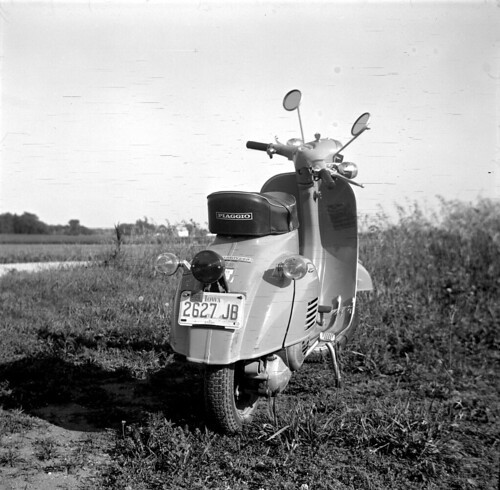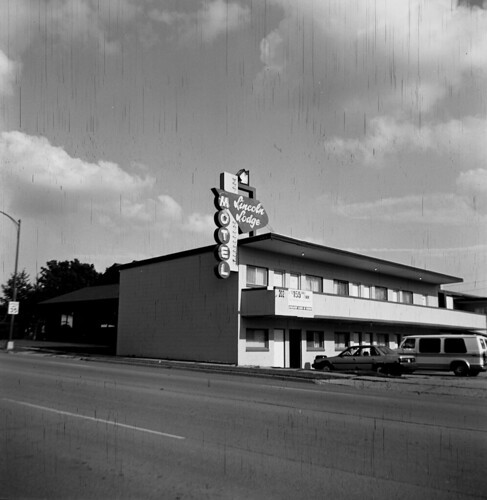Luke_H
TPF Noob!
I've been trying out some of Freestyle's Arista EDU films that equate to the Fomapan stuff.
I really like the Fomapan 100 equivalent in 120 format.
So on my last order I bought their Fomapan 200T equivalent in 35mm bulk and 10 rolls of 120.
I noticed that the film base is entirely different in that the 120 is blue like their 100iso stuff, whereas that 35mm film seemingly has no antihalation dye, and has a clear base.
Also, this is where I'm confused, the 35mm stuff is just great. The grain is finer in D76 1:1 than PanF+ is for me. The 8x10 prints I made are the sharpest, most detailed I've done, including Tmax 100.
The 120 stuff I did has pinholes in the emulsion and these bizarre streaks across it that look similar to scratches, but are not.
I'm just wondering if anyone has any advice on what current offerings in what formats are the 'good stuff'. I really like the 35mm 200T.
I was going to buy their 100 or 400 Fomapan equivalent, but want to hold off until I get an opinion from someone.
Thanks... Here are some shots
35mm example: (Nikon N80: in the 8x10 I did, you can see each pipe thread, etc...)

120 example: (Agfa Isolette: goofy black lines in the sky and various 'spots' that I don't see when I develop other films. Other frames have pinholes in the emulsion that show up as black dots on the prints...)

I really like the Fomapan 100 equivalent in 120 format.
So on my last order I bought their Fomapan 200T equivalent in 35mm bulk and 10 rolls of 120.
I noticed that the film base is entirely different in that the 120 is blue like their 100iso stuff, whereas that 35mm film seemingly has no antihalation dye, and has a clear base.
Also, this is where I'm confused, the 35mm stuff is just great. The grain is finer in D76 1:1 than PanF+ is for me. The 8x10 prints I made are the sharpest, most detailed I've done, including Tmax 100.
The 120 stuff I did has pinholes in the emulsion and these bizarre streaks across it that look similar to scratches, but are not.
I'm just wondering if anyone has any advice on what current offerings in what formats are the 'good stuff'. I really like the 35mm 200T.
I was going to buy their 100 or 400 Fomapan equivalent, but want to hold off until I get an opinion from someone.
Thanks... Here are some shots
35mm example: (Nikon N80: in the 8x10 I did, you can see each pipe thread, etc...)

120 example: (Agfa Isolette: goofy black lines in the sky and various 'spots' that I don't see when I develop other films. Other frames have pinholes in the emulsion that show up as black dots on the prints...)






![[No title]](/data/xfmg/thumbnail/30/30870-c7febc7c14dc6447653c2ae2355ffc61.jpg?1619734488)





![[No title]](/data/xfmg/thumbnail/42/42486-757c2978c4ecfb0e9dbfca10a0e2d240.jpg?1619740196)

![[No title]](/data/xfmg/thumbnail/30/30868-01a498267fd96ce5b2d98347458d3903.jpg?1619734486)
![[No title]](/data/xfmg/thumbnail/42/42487-e35b2848c41aeeb5a93f21809f036a1d.jpg?1619740196)